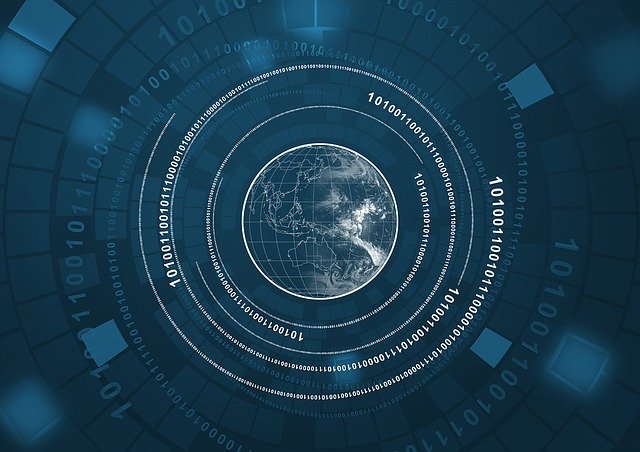As any Lawyer will know, the vast majority of commercial legal work does not just involve one primary language. Therefore it is not just the multi-jurisdictional matters that will require the understanding of multiple languages. Over the past few years, this has led to the rise of language software solutions to support the litigation and regulatory industries. This article will look at why the legal sector has moved from Google Translate to a more sophisticated solution.
In our everyday lives, we take for granted the availability of Google Translate on our mobile phones, helping translate the odd word or phrase and menu item while on holiday. In our business lives, knowledge of and the ability to work with different languages is almost ubiquitous. Law firms operate across the globe, advising clients on cross-border trade, investments, litigation, regulatory investigations, all in a multi-lingual and multi-regulatory environment.
Staffing requirements for in house teams can be tailored to meet predictable needs, Mandarin and the European languages in 2020. Less obvious the need to have a Farsi, Turkish, Ukranian, Uzbek or Indonesian speaking lawyer on the bench. Human translation and the companies providing such services provide an immediate solution, albeit costly and not always efficient from a time point of view. There are also potential security concerns as many of these workers are contractors and home-based.
The old translation technology as provided by Google and competing technologies from, Microsoft, IBM, Amazon also provides a solution, helping to drive down costs and providing rapid turnaround. However, if you take a look at Google’s terms of service:
“When you upload, submit, store, send or receive content to or through our Services, you give Google (and those we work with) a worldwide license to use, host, store, reproduce, modify, create derivative works (such as those resulting from translations, adaptations or other changes we make so that your content works better with our Services), communicate, publish, publicly perform, publicly display and distribute such content.”




